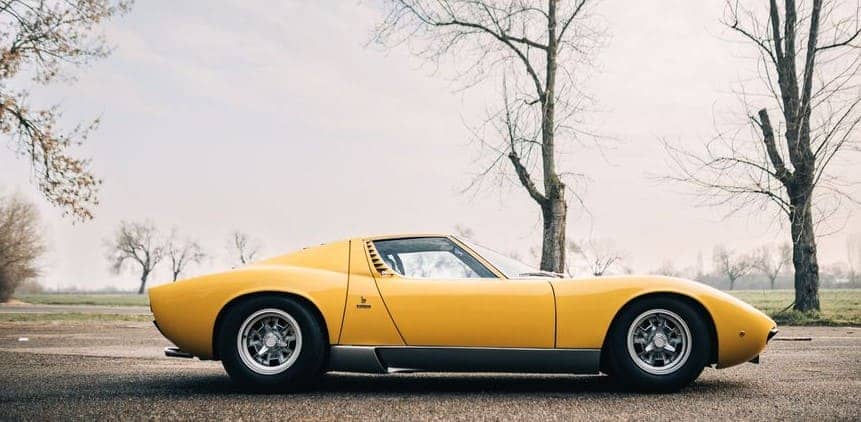
Italian Sports Cars Brands 2024
Introduction
Italy stands as a paradise for Italian sports car enthusiasts, presenting a formidable challenge to compile a comprehensive list. The birthplace of these high-performance machines, largely within a 50-mile radius of Modena in Emilia-Romagna, exemplifies a rich history. Traditionally, the battle for Italian supercar supremacy has been dominated by the iconic bull (Lamborghini) and the majestic horse (Ferrari).
However, the landscape has seen intriguing additions over the years, diversifying the competition. Venturing into the extensive history of Italian sports cars reveals a dynamic interplay between these automotive legends and a few unexpected contenders. This exploration encapsulates the evolution of the breed, showcasing Italy’s enduring legacy in the realm of automotive excellence.
Lamborghini Miura
Certainly, Lamborghini initiated the supercar saga, and interestingly, the inaugural mid-engined marvel, the Miura, emerged as a passion project among spirited engineers rather than a top-down directive. This road-ready dream racer not only established the archetype for the pinnacle of Lamborghinis—swift, V12-powered, mid-engined, and aesthetically captivating—but also bore a touch of peril.
The Miura, prone to fiery encounters with fuel and tending to go nose-light at high speeds, introduces an element of danger. However, dismissing its candidacy as one of the best due to these quirks would miss the essence. The Miura’s significance lies not just in its performance and allure but in defying conventions, epitomizing the rebellious spirit that defines Lamborghini’s enduring legacy.
De Tomaso Pantera
While Ferrari entered the traditional supercar scene relatively late, other contenders emerged, including De Tomaso, a small-scale racer and road car manufacturer that left an indelible mark with the Pantera. Conceived as a roadworthy successor to the GT40, it seamlessly blended American Ford V8 power with the sophisticated yet aggressive lines of the Carrozzeria Ghia.
This formidable V8 beast, equipped with wide tires, roared on for an impressive 21 years, producing over 7,000 units and earning its status as an unquestionably iconic supercar of its era. The Pantera stands as a testament to De Tomaso’s prowess in crafting enduring automotive excellence.
Lamborghini Countach
The Lamborghini Countach emerged as an absolute showstopper in the list of Italian sports car brands. Arguably, Gandini’s masterpiece, a gift to the automotive realm, marked one of the most radical shifts in design. Transitioning from curves to sharp edges and angles, from elegance to sheer ferocity, the Countach instantly became an icon, captivating two generations of enthusiasts as the quintessential dream supercar.
Despite its flaws, akin to the Miura, the immortal wedge, powered by the evolving Bizzarrini V12, irresistibly weaves a tale of love amidst the pain. While it may not claim objectivity as one of the best Italian supercars, it undeniably earns its place through sheer allure and impact.
Ferrari Boxer
Enzo Ferrari’s initial resistance to the mid-engine layout yielded to the changing tide. Fueled by the success of prototype racers, the popularity of the Dino, and the impactful presence of the Miura and Countach, the Daytona’s successor transformed from a GT into a supercar. The GT4 BB, while lacking the flamboyance of the Lamborghini Countach, introduced the Boxer V12 engine, a lineage that endured until the mid-1990s.
Uniting a race-proven engine layout with Pininfarina’s artistic finesse, this highly-praised vehicle, while not as suitable for adorning posters compared to its Sant’Agata counterpart, provided a more gratifying driving and ownership experience.
Ferrari F40
Enzo Ferrari’s initial resistance to the mid-engine layout yielded to the changing tide. Fueled by the success of prototype racers, the popularity of the Dino, and the impactful presence of the Miura and Countach, the Daytona’s successor transformed from a GT into a supercar. The GT4 BB, while lacking the flamboyance of the Lamborghini Countach, introduced the Boxer V12 engine, a lineage that endured until the mid-1990s.
Combining a race-proven engine layout with Pininfarina’s artistic flair, this acclaimed car, while not as visually striking for posters as its Sant’Agata counterpart, delivered a more satisfying driving and ownership experience.
The Lamborghini Diablo
1989 witnessed the departure of the iconic Countach, clearing the path for the Lamborghini Diablo. Eager to stand out against the Scuderia, the Diablo employed a 48-valve 5.7-litre Bizzarrini V12, producing 492 PS (362 kW) and matching the F40’s impressive top speed of 202 mph. While not a dynamic show-stopper overall, the original rear-driven models, including the SE30 and the 6.0, garnered acclaim.
Although its dynamic performance may not have stood out, the Diablo holds a distinctive place among iconic poster cars, especially for individuals like me who initially discovered it through a Matchbox model. Beyond its technological accomplishments, the lasting impact of the Diablo is embedded in the nostalgic memories of enthusiasts, establishing its symbolic status as a quintessential ’90s supercar.
The Ferrari 355
During the early 1990s, Luca di Montezemolo assumed leadership at Ferrari with a clear mandate for improvement. Dissatisfied with the existing lineup, particularly the lacklustre 348, his directive led to a transformation culminating in the re-engineered 355. This overhaul, mandated by the boss himself, yielded remarkable results.
The immense praise for the Ferrari 355 gained acclaim for its faultless balance, alluring aesthetics, and thrilling performance, powered by a 3.5-litre V8 engine boasting five valves per cylinder. This marked a triumphant comeback for Ferrari in the leading ranks of the supercar domain. Apart from its technological achievements, the 355 is selected as one of Maranello’s most visually captivating designs, affirming its position as an emblem of the era and a testament to Montezemolo’s unwavering dedication to excellence.
The Pagani Zonda
The late 1990s witnessed a somewhat subdued phase in the realm of Italian sports cars; Ferrari’s 360 served as a gentle transition from the preceding 355, and Lamborghini polished up the Diablo while preparing its successor. However, a paradigm shift occurred with the emergence of a new player, Pagani. Hailing from a modest Modenese industrial estate, Pagani revolutionized extreme design, exceptional performance, and delightful driving dynamics through the Zonda.
The pinnacle of this transformation was embodied in the 555PS (408kW) C12S 7.3, striking a perfect equilibrium between aesthetics, performance, and class leadership. The Zonda’s arrival posed a formidable challenge, complicating Lamborghini’s pursuit of success with what could be considered their difficult fourth album in the supercar arena.
Ferrari F430
Ferrari’s response to the evolving supercar landscape was swift and resolute—the F430, initially conceived as a 360-degree revamp, transcended mere updates. Unveiled in 2004, it instantly established itself as the quintessential Italian sports car driver. Boasting variable traction control, an impressive paddle-shift transmission, and the iconic 4.3-litre V8 engine producing 490 PS,
However, Lamborghini took five years to come close to replicating its driving feel with the Balboni edition. Meanwhile, Ferrari had not only crafted an exceptional track-focused version, the Scuderia, but was also gearing up for the F430’s eventual replacement. The F430’s legacy, defined by its driving prowess, endured as Lamborghini played catch-up in the pursuit of comparable on-road thrills.
Ferrari 458
One of the most famous Italian sports cars of all time—the Ferrari 458—is disagreeable—overly intricate with fussiness, resembling Sid the Sloth from the rear. Nevertheless, personal taste aside, the 458 stands as one of the foremost Italian Supercars in the last two decades. Its performance is nothing short of balletic—razor-sharp, incredibly fast, and sonically mesmerizing, especially in the exceptional Speciale variant.
This model represents the logical pinnacle of the traditional mid-engine Ferrari V8 formula. In comparison, the Gallardo unequivocally outperformed and would continue to lag for an additional four years, highlighting a prolonged period of dominance for the 458.
Conclusion
Italy has always been a country of high-class taste and rich in ethical values. Their taste in every subject of interest has reached its zenith. The most popular place of interest is in cars.
Italian sports cars have always been highlighted around the world. Above, we have mentioned the top 10 famous Italian sports cars we are aware of. They are all known for their own species and features.
Related Posts
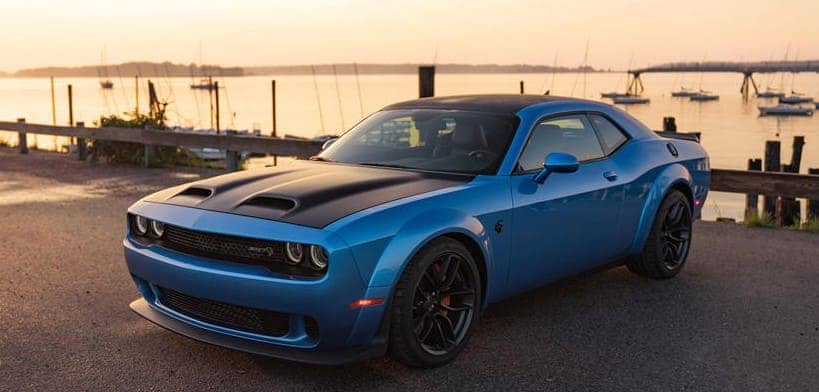
Top 10 Best-Used Sports Cars for Unmatched Thrillsadmin . January 11, 2024
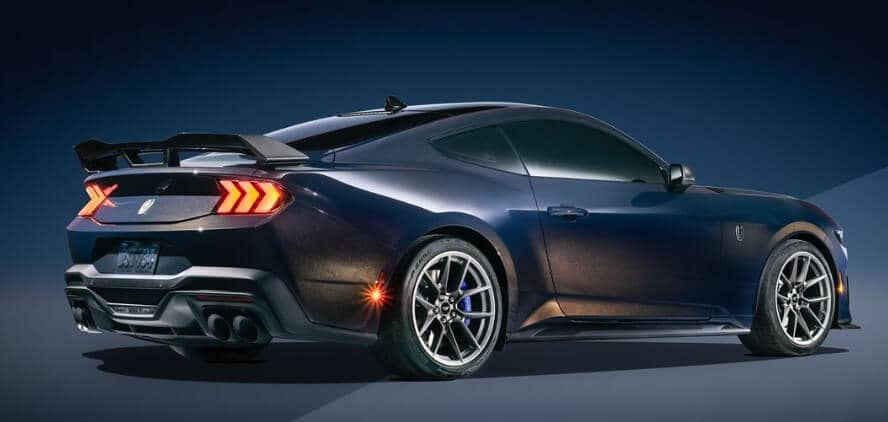
Unleashing Power and Elegance: The 2024 Ford Mustang Dark Horseadmin . November 30, 2023

Top 10 Best Auto and Vehicles Mobile Apps in Indiaadmin . February 1, 2023
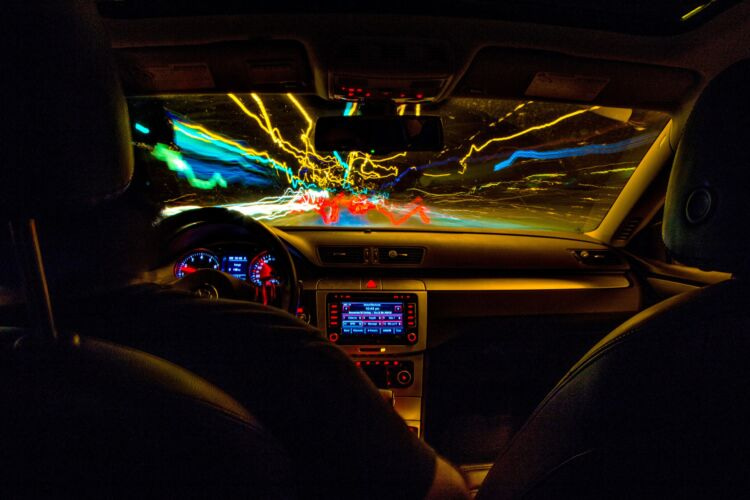
Top 12 Best Automobile Companies in Europe 2023admin . June 15, 2023
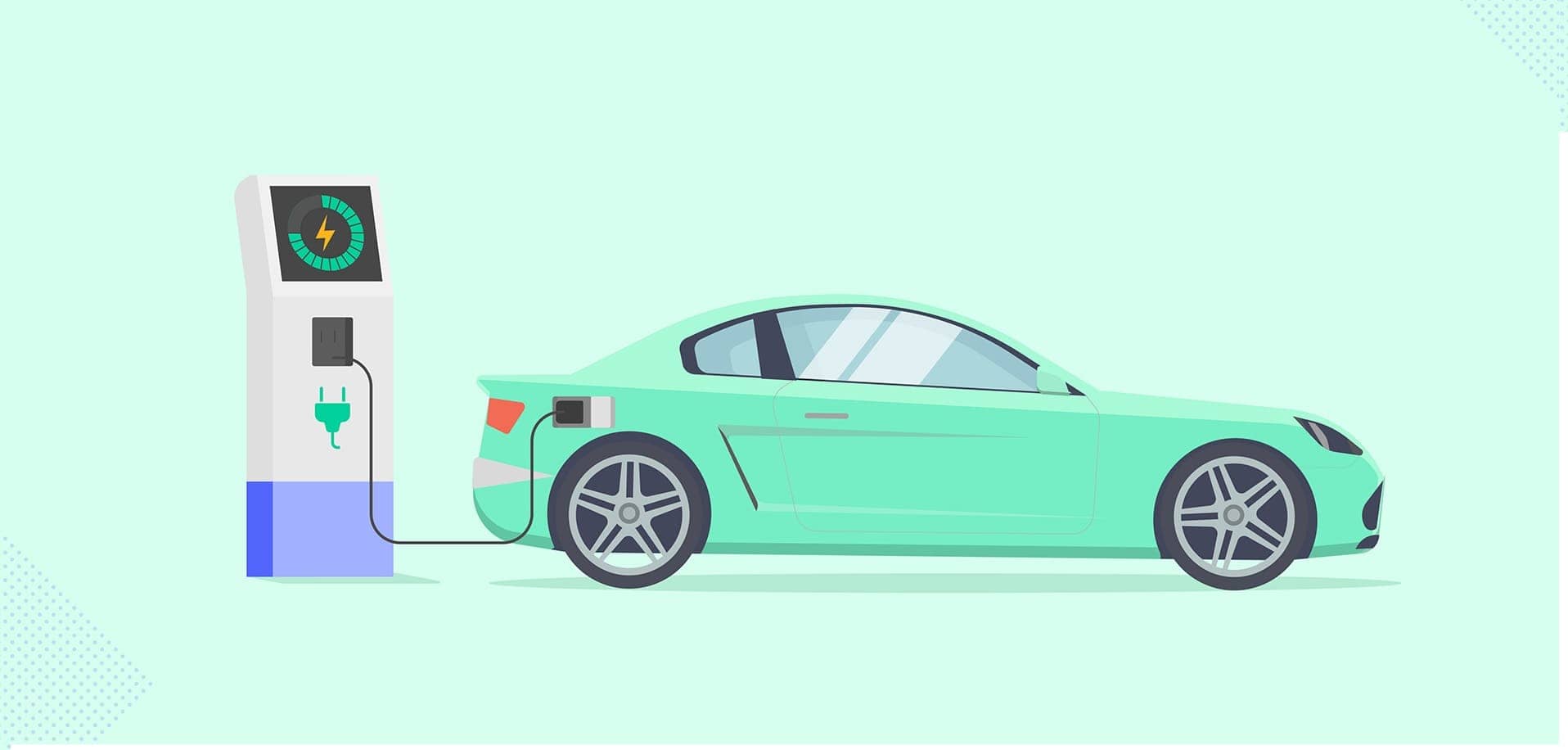
Quickest Charging Electric Vehicles in 2023admin . March 31, 2023

Top Electric Vehicles for Holiday Rentals | Holiday Travel Tipsadmin . November 23, 2023
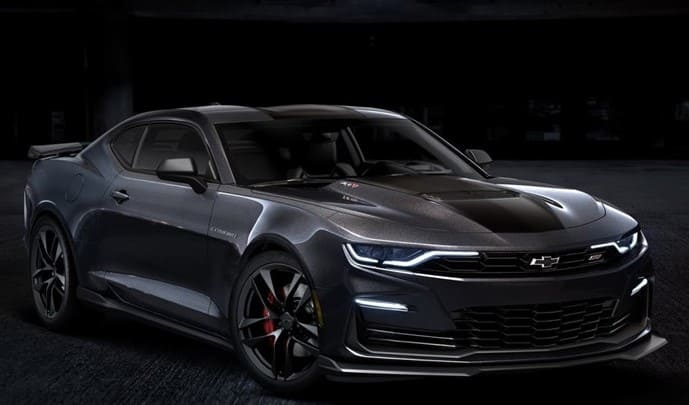
Top 10 Least Expensive Sports Carsadmin . January 10, 2024
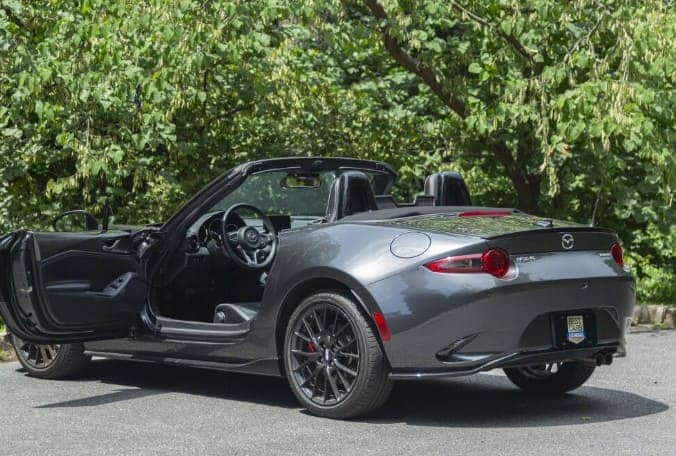
Best New Affordable Sports Cars After Collage 2024admin . January 18, 2024
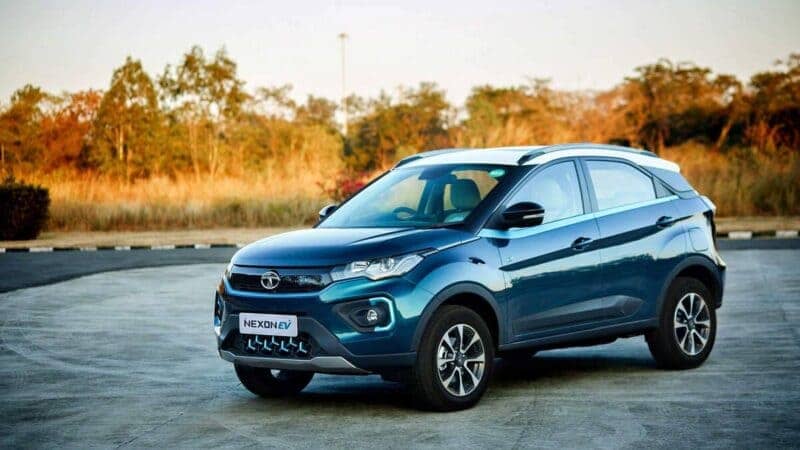
Top 12 Best Electric Cars in India 2023admin . March 31, 2023
Latest Posts

Exploring the Best Cash Advance Apps of 2024 April 8, 2024

Top 34 Passive Income Ideas in 2024 March 19, 2024

Top 10 Penny Stocks to Buy Canada 2024 February 23, 2024

Best Canadian Artificial intelligence stocks under $1 2024 February 23, 2024

Top Artificial Intelligence Stocks Canada 2024 February 20, 2024

